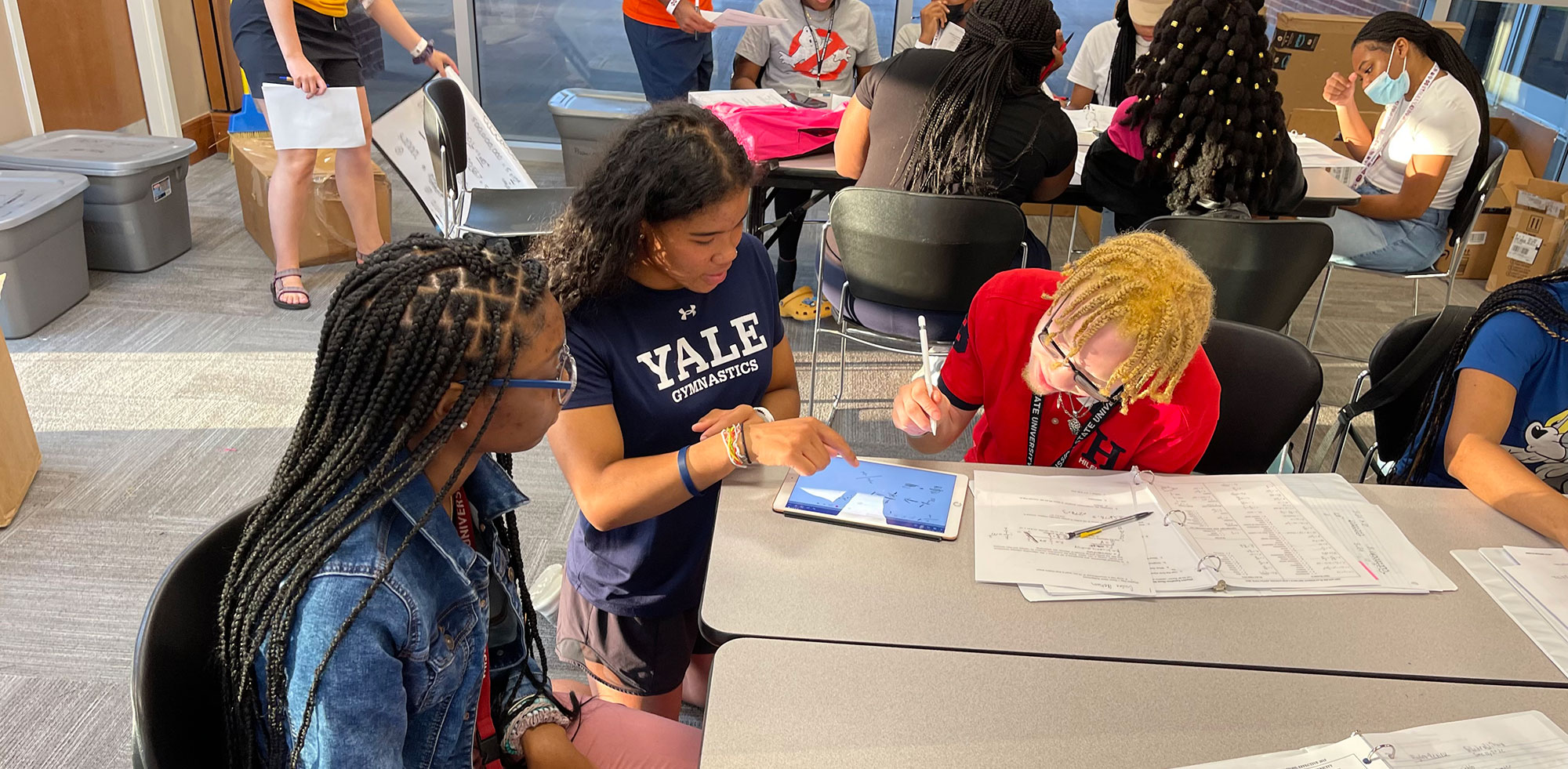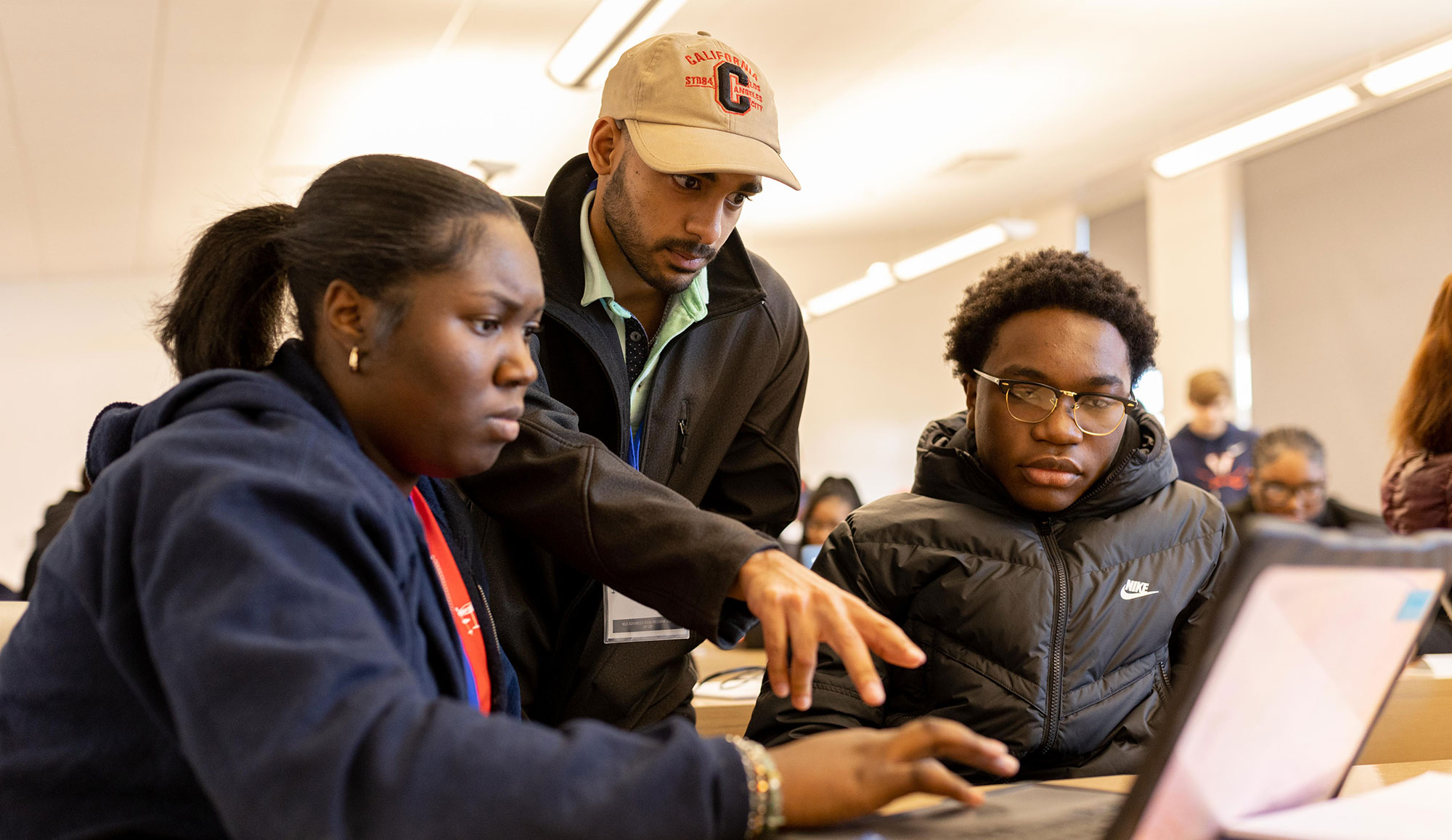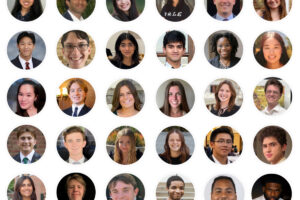
GTP Students’ AP Scores Achieve Key Breakthroughs
Scores for the April 2023 AP exams have been released, and Global Teaching Project students who took exams in subjects offered through the Advanced STEM Access Program—AP Biology, AP Computer Science Principles, and AP Physics 1—achieved notable breakthroughs. In some cases, those students became the first ever at their schools to earn “qualifying” scores that placed them among the highest-scoring examinees in the state in those subjects.
GTP’s Advanced STEM Access Program, now in its 7th year, provides promising high school students from rural Mississippi communities access to advanced STEM courses they need to achieve their full potential, but which their schools otherwise may not be able to offer, due to limited resources and a chronic, and worsening, shortage of teachers.
Simply by taking the AP exams in their respective subjects, GTP students earned a place among an elite cohort. Fewer than three tenths of one percent of over 130,000 Mississippi public high school students took the AP Physics 1 exam. The percentage of students taking AP Biology and AP Computer Science Principles was just a few tenths of one percent higher.
Yet some GTP students did much more than simply take the exams—they earned some of the top scores in the state.

AP exams are scored on a scale of 1-5. Even scores of 1 or 2 correlate with college success. A recent College Board study shows that “AP students who earn a score of 1 or 2…have better college outcomes than academically similar college students who did not take an AP course and exam.”
Scores of 3 or higher are considered “qualifying” scores—that is, most universities award students with those scores credit for corresponding college courses in those subjects, saving the students both time and money. Far fewer than half of Mississippi students statewide who took the AP Biology, AP Computer Science Principles, and AP Physics 1 exams had qualifying scores.
Numerous GTP students were among the few students statewide to earn qualifying scores in AP Biology, AP Computer Science Principles, and AP Physics 1.
Remarkably, several of those students attended schools—such as Greenville and Clarksdale—that were in the first or second year of participating in the Advanced STEM Access Program. A substantial majority of schools GTP serves offered no AP courses in any subject prior to participating in the Program. For students from those schools to experience such immediate success is extraordinary.

In noting these results, we acknowledge the limitations of standardized test scores. We gauge success by learning, not scores, and by student longitudinal outcomes that may not be evident for years. Thus, if an AP student who has a modest baseline of substantive knowledge learns a considerable amount, and—more importantly—learns how to learn challenging material, that constitutes success, regardless of AP scores.
The AP exam marks an early point, rather than the culmination, of our students’ academic journeys—the extent to which an AP course successfully alters a particular student’s academic trajectory will not be fully manifest for years after they take the class.
However, we are not among those who reject the use of standardized tests. To the contrary, we believe AP exams can be a useful tool to promote learning by providing structure and accountability. Exams also are a source of illuminating data.
Our reservations relate largely to test scores, not the exams themselves. For that reason, we will not alter implementation of our Advanced STEM Access Program to maximize scores. We could easily boost our average scores by serving fewer of the students whom our Program is primarily meant to help. If we adhere to our mission and help our students develop learning skills, even if the learning made possible by those skills is not immediately evident in AP scores, we are fine with that.
Moreover, it is only by serving students in the communities of greatest need that we may affirm GTP’s premise—that is, underserved students in rural and high-poverty areas are capable of excelling academically if provided quality instruction and strong supports. We are very proud that our students’ performance on the most recent AP exams demonstrated just that.
Tag:AP Test



